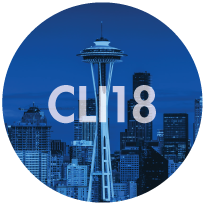FTC Short Course - Full Day
Methods for Designing & Analyzing Mixture Experiments
Mixture experiments involve changing the proportions of the components of a mixture that make up a product and then observing the resulting changes in the product’s characteristics. The proportions of the components in the mix cannot be varied independently (as in factorial experiments) because they must sum to 1.0 for each run in the experiment. Mixture experiments are very useful in many product development areas, including foods and drinks, plastics, alloys, ceramics and glass, gasoline blending, fertilizers, textile fibers, concrete, drugs, and many others.
The short course will provide an overview of various approaches and methods used in designing mixture experiments and analyzing the resulting data. Designs for simplex-shaped and irregular-shaped regions (the latter resulting from placing additional constraints on the component proportions) will be covered. The various types of mixture models that can be fitted to mixture data will be covered, as will graphical techniques for interpreting component effects. Methods for including process variables and/or a total amount variable in mixture experiments will be discussed. Graphical and analytic methods for developing mixtures with optimum properties will also be covered. Numerous examples will be used to illustrate the topics discussed.
The course is designed for anyone (statistician or non-statistician) wanting to know about statistical methods for designing mixture experiments and analyzing the resulting data. Prerequisites are an understanding of elementary statistics concepts and some previous exposure to experimental design and least squares regression.





